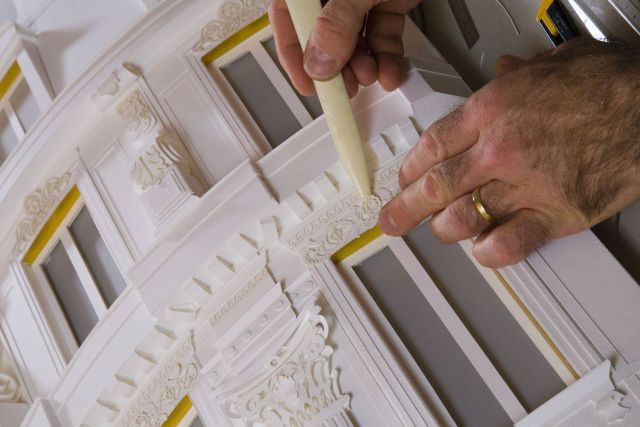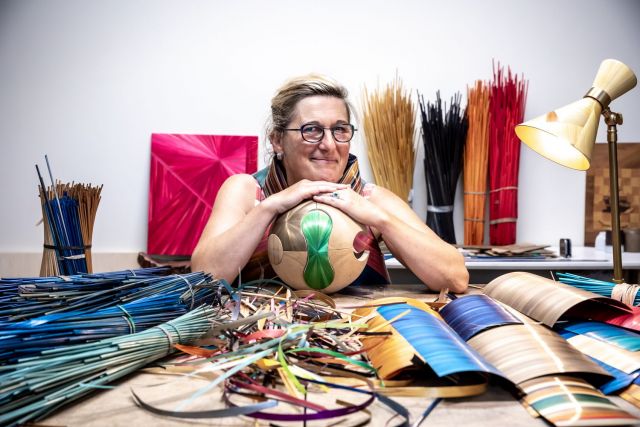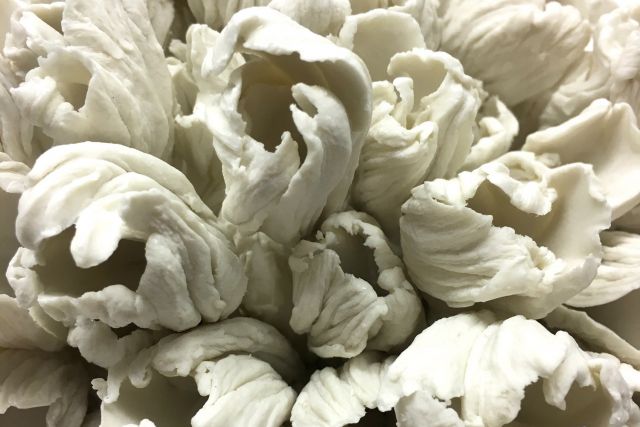This baroque guitar parchment rosette is an original creation inspired by the rose window of the Oviedo Cathedral in Spain. It is composed of four levels of three layers of sculpted and superimposed parchment. Two shades of parchment were used: an antique goatskin parchment in cream colour and a natural goatskin parchment in white. This rosette was specially designed to adorn the sound hole of a baroque guitar made by Spanish luthier Carlos Ardura Martinez.
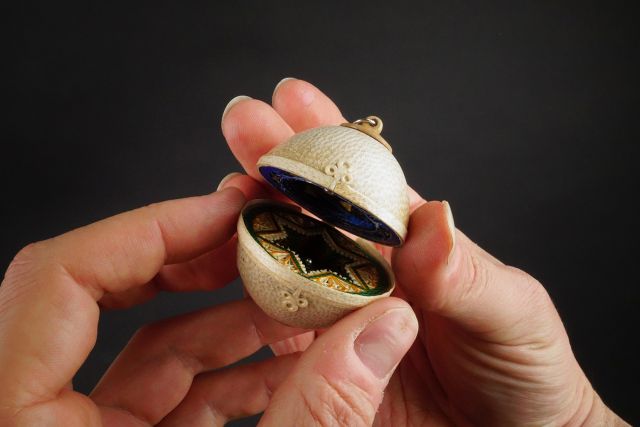
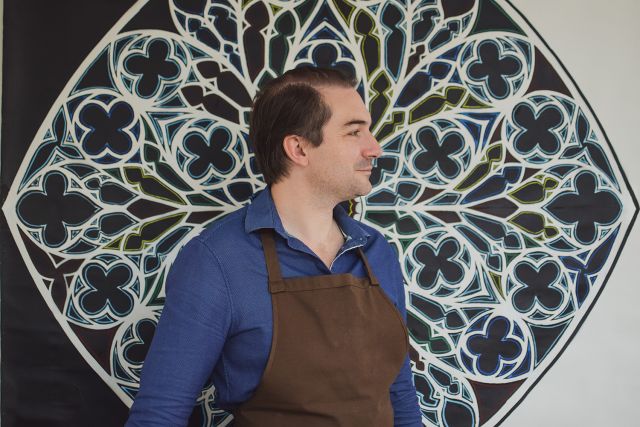
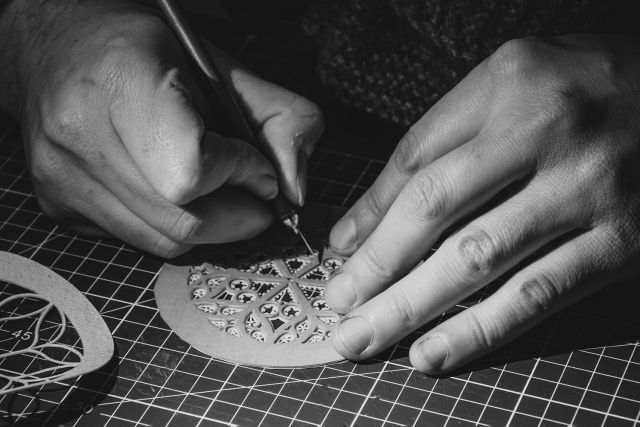
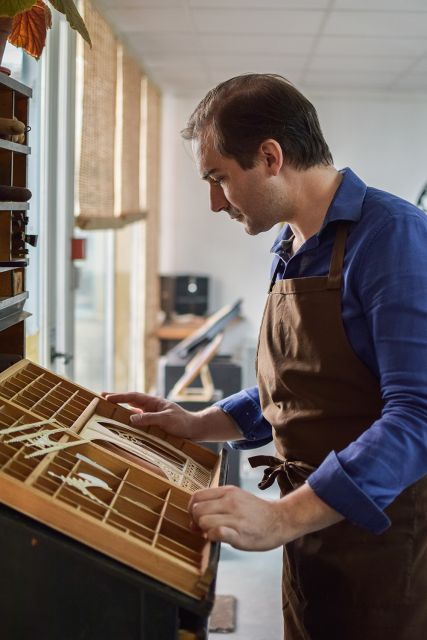
Matéo Crémades
- Parchment rose maker
- Sauveterre-de-Rouergue, France
- Rising Star
By appointment only
33 620129928
The forgotten know-how of rosettes
- • Matéo is entirely self-taught
- • He is the only French craftsman specialised in parchment rosettes
- • He is the one who gave the name to his craft
Musician and musicologist Matéo Crémades discovered a forgotten craft through instrument making. Fascinated by the baroque guitar, and being a player himself, it was while building his own from an old model that he was led to replicate a parchment rosette. This is a fine decorative ornament found on some early instruments. From this first attempt, he has developed his own expertise as a parchment rosette sculptor specialised in the reproduction of historical models. With a scalpel and cutting forms, he meticulously carves the layers of parchment, a very thin goatskin, a material he quickly fell in love with. Today, in addition to working with violin makers from all over Europe, Matéo takes the rosette out of its historical context by introducing it to other artistic worlds, for other artistic applications.
Read the full interviewWorks
Photo: ©ADAGP_ Paris

Photo: ©ADAGP_ Paris
This set of cups, saucers and sugars is entirely handmade from carved and superimposed sheets of goatskin parchment. Intermediaries is a study into the ornamental terpnopoietic (that which procures pleasure). This reflection on the ornamental reposes on the theory of the historian Oleg Grabar which presents the ornamental as an intermediary between the spectator and the work of art. Matéo Crémades explores, through the use of ornamentation, this transformation of the ordinary to the extraordinary, from the object to the work of art.

Photo: ©ADAGP_ Paris
This parchment rosette is a special commission inspired by the rose window on the facade of the Saint Clare’s basilica of Assisi in Italy. Composed of four rings of parchment assembled to each other, making this rosette is a real challenge, especially when it comes to sculpting the interweaving warheads and columns.

Photo: ©ADAGP_ Paris
This rosette is a copy of a virginal rosette (small harpsichord) made by the Neapolitan harpsichord maker Honofrio Guarracino during the second half of the 17th century. It is composed of four levels of three layers of sculpted and superimposed parchment. Two shades of parchment were used: an antique goatskin parchment in cream colour and a natural goatskin parchment in white. The collar that makes up the first level of the rosette comes to rest on the soundboard while the two lower levels plunge inside the sound hole of the instrument.

Photo: ©ADAGP_ Paris
This parchment rosette is copied from the rosette of an anonymous Italian harpsichord from the 1540s. It is composed by four levels of three layers of sculpted and superimposed white goatskin parchment. The central motif is the Star of David. Each intersection of the star's branches is decorated with small parchment pyramids. These pyramids are made up of small slices of parchment of decreasing diametre stuck on a silver-headed pin.





